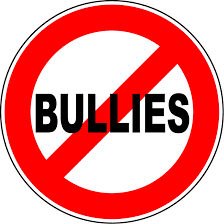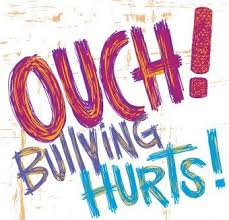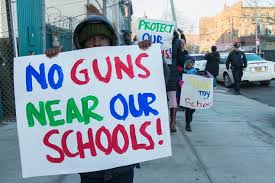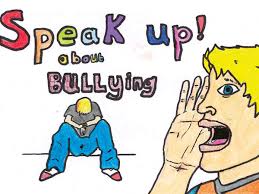QUOTES
I chose three quotes to analyze
from the article. The first quote is related to the author’s analysis of media
reports on random school shootings from 1982 to 2001. “We found a striking
pattern from the stories about the boys who committed the violence: Nearly all
had stories of being constantly bullied, beat up, and most significantly for
this analysis, “ gay baited.” Their stories of cultural marginalization “based
on criteria for adequate gender performance, specifically the enactment of
codes of masculinity.” I think that this analysis shows how culture affects
people’s behavior. In this article the authors hypothesized that boys who were
involved in school shootings were influenced by white middle class republican
values which focus on masculinity and protecting one’s masculine
characteristics. This is why teenagers who bully others humiliate them about
gender and sexuality related issues. In turn boys who feel insulted want revenge
and choose violence to teach them a lesson and prove that they are “men”.
The authors also focus on why white boys are more likely than African
American boys to randomly open fire. My second quote from the article is “White
boys who are bullied are supposed to be able to embody independence, and manly
stoicism. In fact, the very search for such collective rectories can be seen as
indication of weakness. Thus we might hypothesize that the cultured
marginalization of the boys who did commit school shootings extended to feeling
that they had no other recourse.” White boys who were bullied did not have the
familial or friend support to resist to bullying and also they do not have a
group like women, gays and lesbians, black students and their support.
My last quote from the article
is about why some boys turn to violence over bullying and “not others who have
had similar experiences.” Important factors are the dynamics of local culture,
the responsive of adults and institutions, and the dynamics of their same-sex
and cross-sex friendships. This allows us to understand what led some boys to
commit these terrible acts and what enabled other boys to develop resistance to
daily homophobic bullying. According to the article some boys can represent
themselves as men to a same sex or opposite sex friend. Also they might get support
from their families and school authorities. These variables and other copying
strategies must further research to help us understand how gender and violence
are related. 







